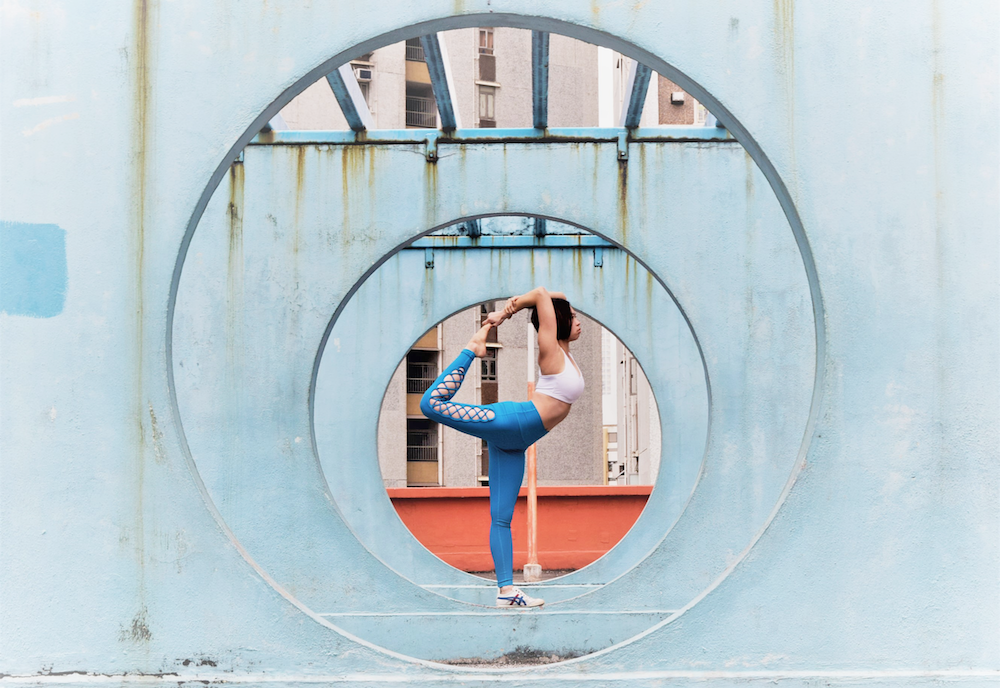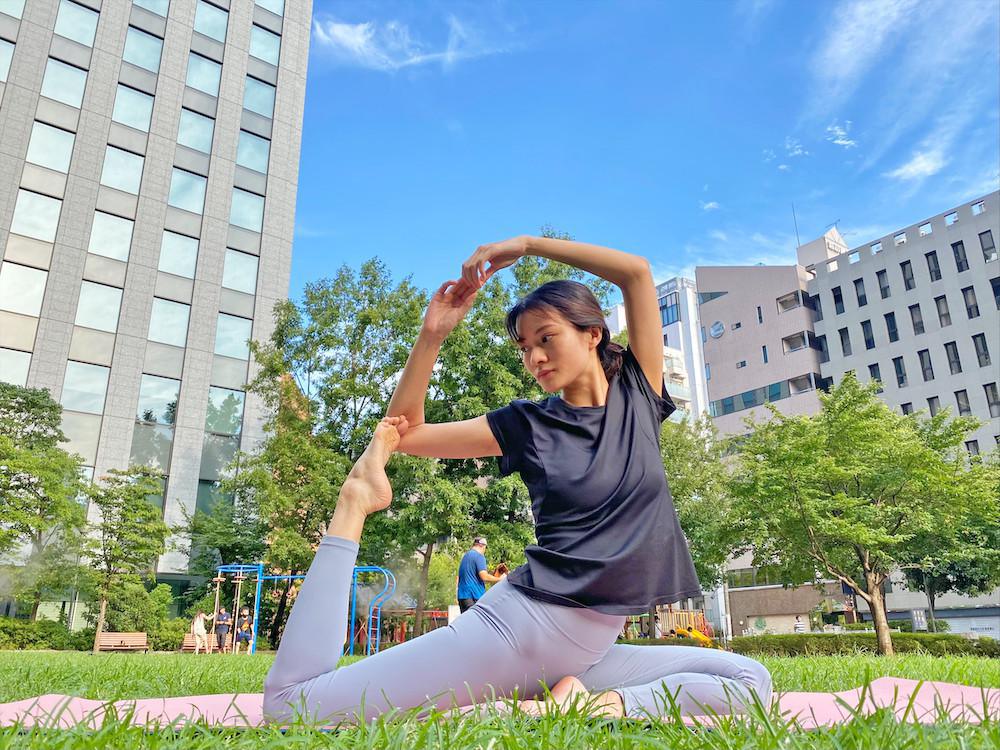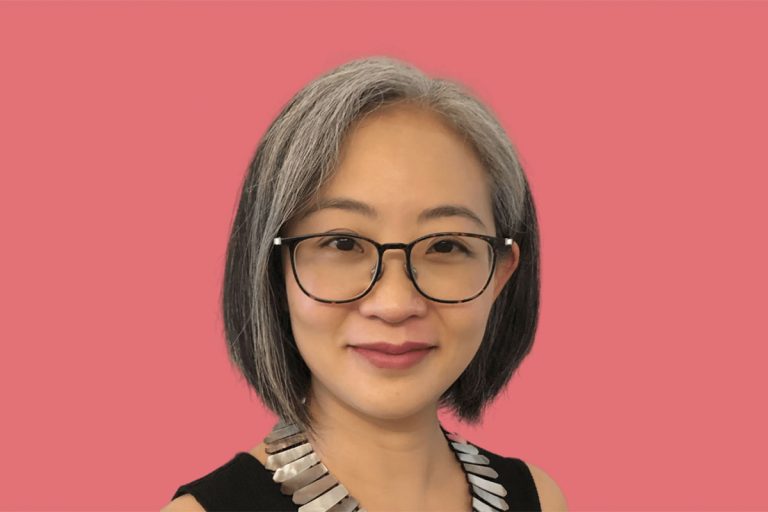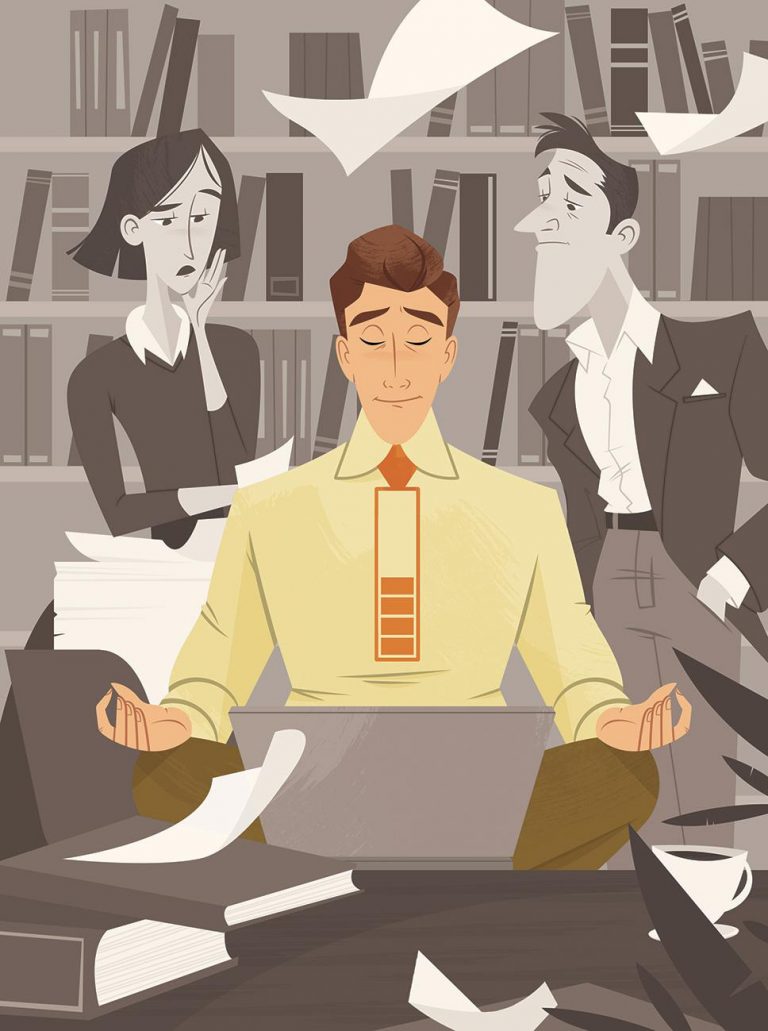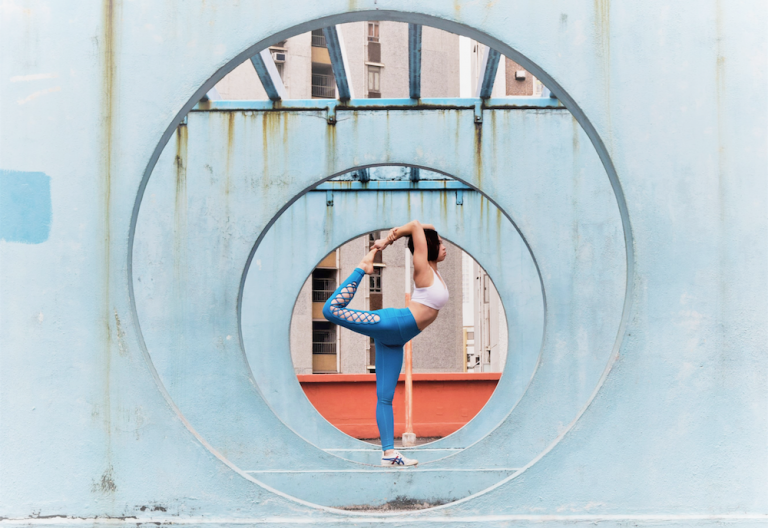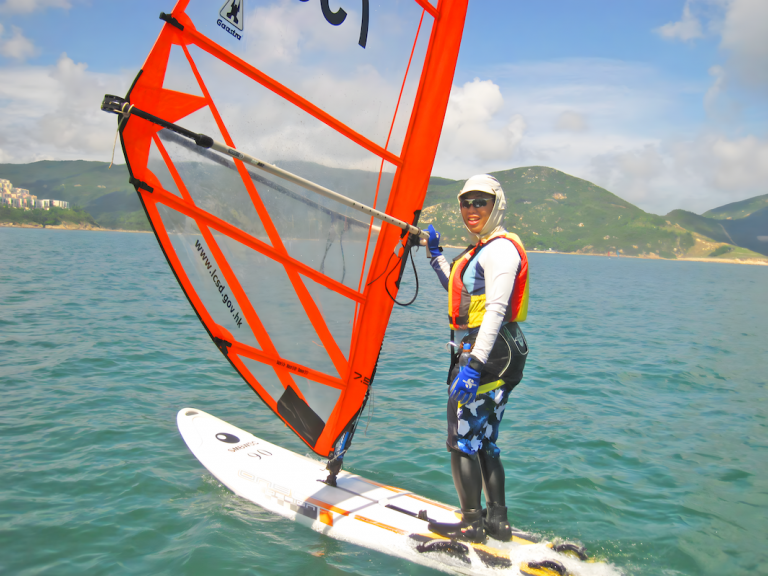In Maharashtra, one of the largest states in India, Agnes Cheuk CPA joined an ashram, a place for practising yoga, meditation and other spiritual practices, while she was studying to become a yoga teacher. One night, while practising yoga, Cheuk had a sudden epiphany. “All of sudden, it all clicked. I realized that I don’t have to chase anything. All I have to do is stay calm and just let things unfold and announce themselves to me,” says Cheuk, Compliance Manager at Airwallex Hong Kong.
Her time at the ashram was eye-opening, she says. “It completely changed how I approach yoga,” she adds. “It made me realize the importance of shedding my ego. In the ashram, students do chores, and I have to listen to the gurus instead of asking them to teach poses that I want to do when my body is not ready.”
Cheuk is one of many Institute members who find inner peace, and achieve a better work-life balance, through regularly practising yoga and making it an integral part of their lives. In 2015, she was looking for ways to keep fit. She tried different fitness programmes, but none of these activities held her interest for long. Then she attended her first yoga group class at a gym. “After participating in the yoga class for a few months, my passion for it did not fade, but grew stronger. While I did not see drastic changes in my fitness level immediately after the first few months, I did feel more energetic than before. After doing classes more frequently, I could feel the effects. From once or twice a week, I gradually increased to doing classes every day at my peak.”
Agnes Cheuk CPA, Compliance Manager at Airwallex Hong Kong, doing the King Dancer pose or the Natarajasana.
In September 2016, after practising yoga for a year, Cheuk took part in a 200-hour yoga course to become a teacher in Hong Kong that involved learning about the human anatomy, the history of yoga and teaching skills to gain a deeper understanding of yoga. Two years later, she decided to take a career break and used this time to further explore her interest in yoga. She went to the ashram in India for another course to explore the differences between modern and traditional teachings of yoga.
After a month at the ashram, Cheuk returned to Hong Kong and went back to working as a compliance professional. This led to her taking fewer yoga lessons as she went from daily classes to going to class three times a week. “Before, I would be pushing myself too hard to achieve a yoga pose but I didn’t live by the yoga philosophy,” Cheuk explains. “Social media shows cool pictures of others doing all sorts of difficult poses, but at the same time, it plants seeds of comparison. I became so competitive, and I forgot about my initial goals in doing yoga: improving my health and finding peace. That month at the ashram taught me about acceptance.”
Following those courses she took, Cheuk now teaches others. “Teaching yoga has become a way of sharing my passion for yoga. While I am teaching, I also learn how to improve my teaching skills.”
The Crane pose, a pose emphasizing balance while strengthening muscle groups such as the arms, shoulders, legs and core, is done by using the arms to lift the body from the floor and curling inwards, resembling a crane standing in the water. “It is a challenging pose for beginnners usually. It felt impossible for the first six months. I couldn’t even lift myself up,” says Cheuk. “I felt disappointed, but then I did other exercises like push-ups and planks to strengthen my core and muscles. I also stopped caring about whether I could do it. I told myself that it will happen when the time is ripe – and this mindset extends to other aspects of my life. I don’t have to rush. This comforted my mind, and I found peace, just like I did the first time I practised yoga.”
“I became so competitive, and I forgot about my initial goals in doing yoga: improving my health and finding peace. That month at the ashram taught me about acceptance.”
Vein Feth CPA, Regulatory Reporting Manager at Standard Chartered, doing the Tree pose or the Vrksasana.
Yin and Yang
It is 6:00 a.m. in Frankfurt, Germany and Vein Feth CPA, Regulatory Reporting Manager at Standard Chartered, is up before her kids, doing her daily 30-minute yoga routine to kick start her day.
While working at her office job, Feth developed minor lower back pain due to poor posture and a lack of exercise. This led her to try yoga 15 years ago. “It completely changed my life. I was always busy or planning ahead, and I seldom had a moment of peace. I was always in a rush and that led to me having quite a short temper at times. I can still remember that moment of peace I felt when I finished my first yoga class,” says Feth.
The mental benefits of yoga were only apparent after five years of consistent practice, she says. “After a year of practising, I saw my weight drop, and my skin complexion improved. I also gained strength, stamina and flexibility. However, it was not until my fifth year of practising that I could finally feel yoga’s effect on my mind,” she says. “My loved ones have noticed that I am calmer than I used to be. Yoga taught me to slow down, and I can’t imagine what I would be like now if I hadn’t started practising.”
In 2016, Feth attended a 200-hour yoga instructor course in Germany to further understand the practice. Three years later she completed another 100-hour yoga instructor course in Naples to refresh her skills.
“Yoga taught me to slow down, and I can’t imagine what I would be like now if I hadn’t started practising.”
But the course, she says, that had the most meaningful impact on her was the one she attended in 2021 in Frankfurt. There, she met an inspirational yoga instructor, Jo Phee, Founder of a yin yoga school, who taught Feth the art of both Yin and Yang yoga, as well as Chinese acupuncture. “Yin yoga is a slower practice where poses are there to strengthen the connective tissues and joints in the body. Yang yoga is the more traditional form of yoga, and practising it increases muscular strength, stamina, and flexibility,” Feth explains. “I am good at doing Yang yoga, and still working on improving in Yin yoga.”
Prenatal yoga is well known for its many benefits for pregnant women. “Practising Yin yoga helped me while I gave birth to my second child this year,” says Feth. “The breathing technique helped me to work through the pain more easily, and my body was strong enough to give birth to my child without any issues.”
Learning about Yin and Yang yoga introduced Feth to a new approach to the practice. “Jo Phee taught me about the acceptance of differences,” Feth adds. “I used to take the photos in magazines very seriously and tried my best to pose exactly like them. But from Jo Phee, I learned there is no perfect standard for every pose, and everyone should do poses according to their body as we are all built differently. As long as everyone embraces their body, their pose can be beautiful in their own way.”
Bowie Lam CPA, a yoga instructor, doing the Mermaid pose or the Eka Pada Rajakapotasana.
Mind over matter
As the sun rose in Ueno, one of Tokyo’s busiest areas, Bowie Lam CPA, a novice yoga instructor and a former senior tax consultant at PwC, had just finished her morning yoga practice and was ready for the day ahead. After three years of practising yoga, she is now well aware that yoga is not as easy as she first assumed it to be. “It can be intense and challenging. It felt like I almost broke into half when I first learned the Wheel pose. But all the hard work pays off if you continue putting the work in,” Lam says.
In 2019, Lam was in her second year of work experience, and with her office workload and lack of exercise, she developed minor lower back pain. She decided to check out a yoga studio next to her apartment. “I was looking for a less intense form of exercise, and I joined a group course once a week to get into the habit of working out,” Lam explains. “I was wrong in thinking that yoga was not intense or challenging. But after only a month, my back pain was gone. I saw the benefits immediately and enjoyed the relaxing atmosphere of the group classes, so I kept going.”
“Yoga is more than maintaining one pose; it is about the alignment of mind and body. Once you find peace of mind, you will find balance when posing.”
In 2021, after practising yoga for two years, Lam decided to kick it up a notch by applying for a 200-hour yoga instructor course in Hong Kong. “During my time, I learned about the philosophy of yoga and anatomy of the human body,” she says. “Most importantly, I came to understand that yoga is not just about the body, but also the mind. When doing the handstand or Pincha pose, the most difficult part of it is not keeping your balance but maintaining your concentration. One seldom learns to train the mind to stay calm in everyday life. Yoga is more than maintaining one pose; it is about the alignment of mind and body. Once you find peace of mind, you will find balance when posing.”
The instructor course taught Lam that the practice of yoga only gets more and more interesting over time. “With my experience and deeper understanding of yoga, I realized there is a never-ending process behind every pose. Even if I do a pose correctly, I still have to work on my breathing pattern, concentration, technique or strengthen different body parts.”
Yoga, Lam says, strengthened her body and mind. “As I have now moved to Japan to pursue overseas work experience, everything is new to me. Practising yoga every morning prepares me for the challenges life throws at you.”
Whenever she faces a challenge, she reminds herself of how she finally learned to do the Wheel pose. “All it takes is time and countless hours of practice. It is a continuous process, and that does not happen overnight. It took me three months. I had to learn how to relax my back and practised regularly. It is a gradual process where you bend backward slightly inch by inch until one day you finally do it. When that happens, the sense of accomplishment is indescribable. And the same goes for other things in life. Baby steps will gradually lead to success.”
Yoga is derived from the Sanskrit root “Yuj,” meaning “to join” or “to unite” and its origins can be traced to northern India over 5,000 years ago. There are 84 traditional asanas, or yoga poses, in modern yoga.






